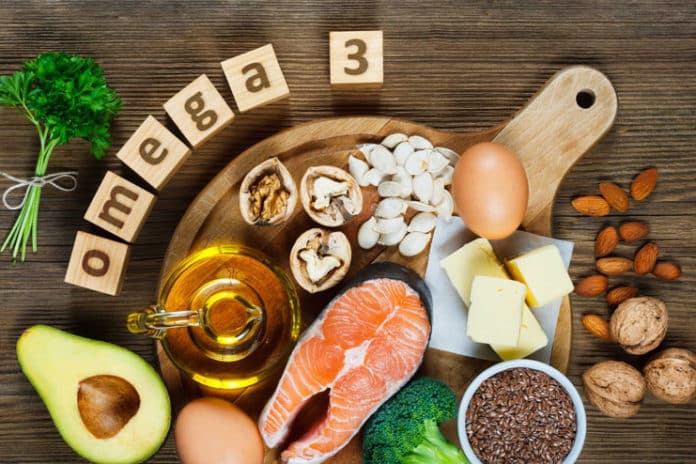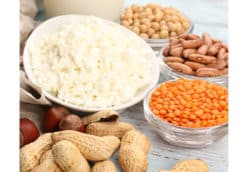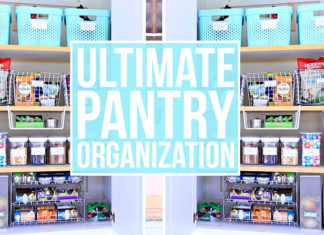As the kids grow, parents develop many questions about their behavior, attitude, development, and many other things. Another major question that always strikes the parents is diet- nutrition, vitamins, and all about what to feed? How to feed? How much to feed?
Learning about all the vitamins at a time is not possible. Instead of rushing with the half knowledge it is better to get into everything about your child’s diet slowly one by one. Here is something you need to know about the omega-3 and its available forms. Scroll down to find out everything you need!
What Are Omega-3 Fatty Acids?
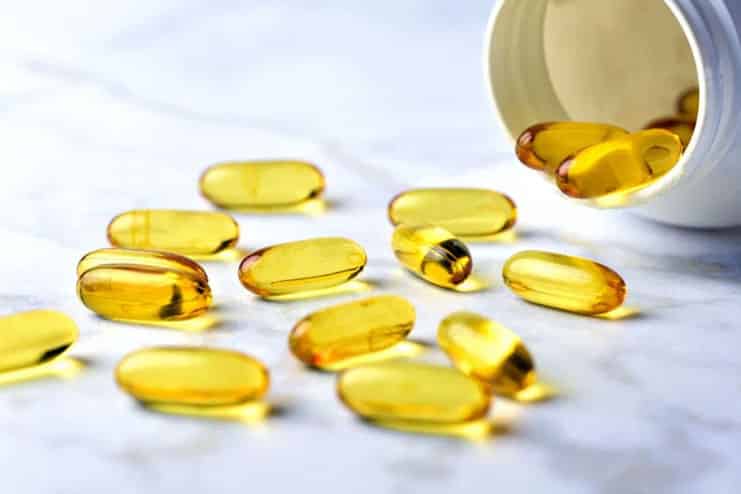
Omega 3 fatty acids are widely distributed in the nature. They play a prominent role in the animal metabolism, human diet, and human psychology. Omega-3 oils, and n-3 fatty acids are the other well-known names for the omega-3 fatty acids.
The name essential fatty acid is given to them because our bodies cannot prepare them on their own. They can be obtained only through the food that we take in.
There are three main types of omega 3 fatty acids:
• Alpha-linolenic acid (ALA)
• Eicosapentaenoic acid (EPA)
• Docosahexaenoic acid (DHA)
ALA is available in the plat foods whereas the EPA and DHA can be obtained through fatty fish.
Health Benefits Of Omega 3 Foods For Kids:

Especially kids need these essential fatty acids as they play an important role in their growth and the development.
1. Can fight depression and anxiety:
Depression is one of the most dangerous responses of the body towards the situations that hinders all the positive vibes. It may degrade the interest in the life and sadness, lethargy are its outcomes.
Anxiety, on the other hand may impact the growth and the development. It may impact their behavior and the performance in the academics. Studies found that EPA is the effective antidepressant drug.
2. Benefits the child with ADHD:
ADHD is associated with the symptoms like hyperactivity, impulsiveness, and lack of focus. Studies suggest the positive role of Omega-3 in dealing with ASHD, autism, dyslexia, and developmental coordination disorder.
3. Alleviates the asthma:
Asthma is a panic and most dangerous breathing disorder that is common in the adults and even in the children. Parents of the kids with asthma need to be more attentive all the time as kids do not know how to handle it and even cannot recognize it properly. Omega 3 fatty acids are well known to mitigate the symptoms of asthma including chest pain, breathing difficulty, coughing, and wheezing.
4. Promotes better sleep:
Sleep disturbance is the most common disorder that is affecting many children. Children require quality sleep to achieve the mindfulness and improved productivity. The association between increased levels of the omega-3 fatty acids and the sleep is proved to be successful.
5. Keeps the heart in the good condition:
Omega 3 fatty acids controls the blood pressure and maintains the heart beat at the required level. It secures the arteries from developing the plaque that may lead to the arteriosclerosis. It prevents the heart from inflammation and maintains the good cholesterol HDL at the moderate levels. Lower and the higher levels of this cholesterol is dangerous.
6. Effective in the cancer treatment:
Significant achievements have undergone in the cancer treatment for several years. A new concept is emerging that seems to be more successful that is the combination of the chemotherapy with the nutrition therapy. Studies found that chemotherapy when combined with the omega 3 fatty acids yields the desired outcomes.
7. Protects the skin:
The health of the skin mainly depends on the external conditions and the diet. Omega 3 fatty acids help to keep the skin stay hydrated all the time and protects it against the acne. It prevents the premature aging of the skin. It is the effective supplement to treat a wide range of skin conditions.
8. Improves eye health:
DHA, a type of omega 3 fatty acids is a well-known structural component of the retina in your eye. Lack of DHA may lead to various vision related problems. Enough amounts of omega 3 fatty acids reduces the muscular degeneration which is the world’s leading cause for the permanent blindness.
9. Promotes the brain health:
Brain is the potent part of the body and has the ever growing capability. It is especially more important for the kids as it is the basic thing that will help them learn and explore the new. Omega 3 is well known to improve the brain functioning and the mood in the children.
10. Omega-3 fatty acids improves the bone and the joint health:
Osteoporosis and arthritis are the two disorders that affect the skeletal system. Omega 3 fatty acids can strengthen the bones by improving the amounts of the calcium. They are also well known to improve the grip in the joints.
11. Reduces the fat accumulation in the liver:
Excess consumption of the more calorie food may cause the build up of fat in the liver. Too much fat will be accumulated when the liver did not work properly to break down the fats. People with obesity are at risk of developing fatty liver. Omega 3 fatty acids are the effective in reducing the liver fat.
12. Protects the body from the autoimmune diseases:
In autoimmune disease, The immune system fights against the healthy cells instead of foreign cells. Type 1 diabetes is one of the kinds of this disease. Omega-3 fatty acids reduce the risk of auto immune disease. Omega 3 fatty acids is effective in fighting against the various autoimmune diseases including type 1 diabetes, rheumatoid arthritis, ulcerative colitis, crohn’s disease and the Psoriasis.
Side Effects Of Omega-3 Fatty Acids:
The side effects of the omega-3 fatty acids are not serious and may include the following:
• Headache
• Heartburn
• Stomach upset
• Indigestion
• Changes in the taste
• Constipation
• Vomiting
• Itching
• Diarrhea
• Bad breath
You can keep your kid away from these side effects as long as their consumption does not exceed the optimum level.
Best Omega-3 Foods For Kids:
After knowing the benefits that omega 3 fatty acids do to your child definitely you might be looking for the source foods and some omega 3 rich recipes for kids. Here is a must know list of the omega 3 foods for the both vegan and non-vegan kids:
A. Non-vegetarian omega-3 fatty acids:
Here are a few omega 3 foods for kids that can meet their daily nutritional requirements:
1. Salmon:

Salmon is the potential source of the omega 3 fats DHA and EPA. Salmon oil will have wide range of health benefits including reducing the inflammation, aiding the weight management, and boosting the heart and brain health.
Here is a simple and easy recipe with the salmon that kids love:
Salmon cake:
This is one of the best foods rich in omega 3 fatty acids for kids. They are simple, tasty, and healthy. They require a few pantry ingredients.
Ingredients:
• Potatoes of 1 kg which are peeled and sliced
• Salt as per the taste
• 410 grams of canned pink salmon (drained, canned with skins removed)
• Diced onions
• 1 cup plain flour
• 1 egg
• ½ cup milk
• 2 cups bread crumbs
• 1 cup vegetable oil
How to make:
1. Mash the potatoes and mix it with the salmon and onions and them make a flat cake.
2. On the other side, set up the crumbing station by taking the flour in a bowl, mix the milk and eggs in a separate bowl, and the crumbs in another bowl.
3. Coat the patties in the flour and dip them in the egg and finally through the crumbs.
4. Take a saucepan and fry the patties in few drops of the vegetable oil till they turn golden brown on the both sides.
2. Halibut:
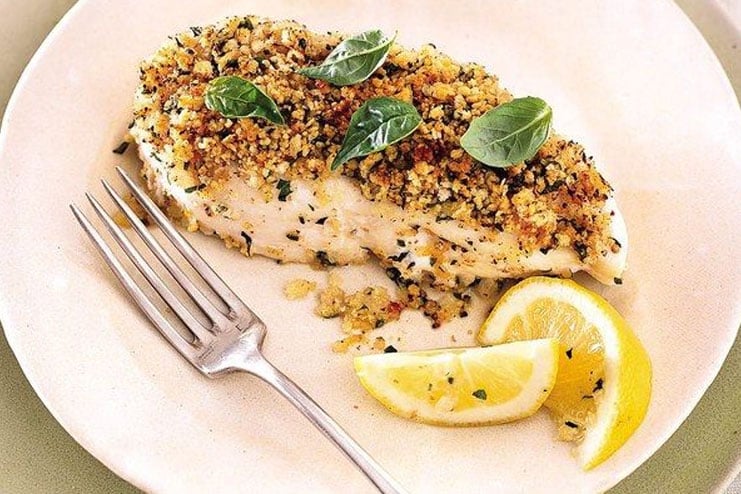
Halibut is a good source of the variety of the nutrients including omega 3 fatty acids, niacin, selenium, and magnesium. Even a half filet of the halibut can provide 1.1 grams of the omega 3 fatty acids.
Here are a kids friendly recipe with halibut.
Roasted Halibut with Pesto butter:
Ingredients:
- ¼ cup pesto
- 4 tablespoons of unsalted butter
- 12 ounces halibut fish
- 1 cup Japanese bread crumbs
- 2 tablespoon olive oil
- 1 cup cherry tomatoes
How to make:
1. Preheat the oven to the 425 degrees Fahrenheit and then blend the pesto and the butter together in a food processor.
2. Spread the butter over the plastic cover and roll it back and forth making the cylinder. Twist the ends and make them ready to use.
3. Grease the fillets with the melted butter and sprinkle the salt and pepper over them.
4. Dust the Japanese bread crumbs over them and press well to let them adhere to the fillets.
5. Take a large sauté pan and heat it over the medium-high. Add the fillets and some oil and turn them gently to the other side.
6. Add tomato puree and toast them for few minutes. Serve each fillet with the pesto butter and tomato.
3. Fresh Tuna:
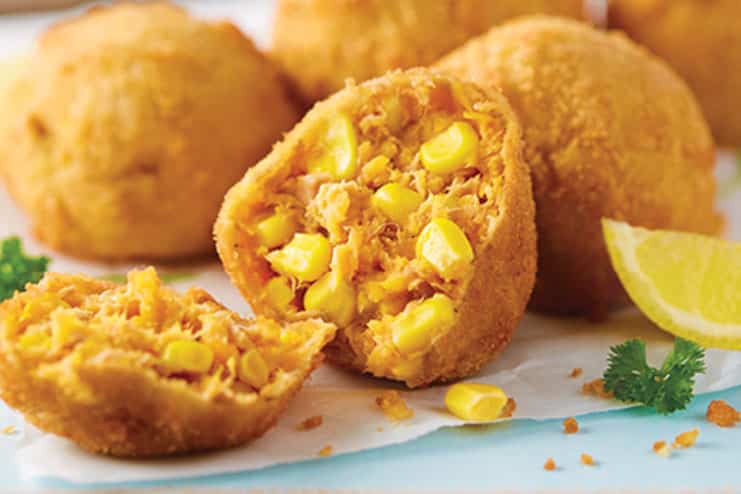
Fresh albacore tuna contains 2.1 grams of omega 3 fatty acids for every 3-5 ounce serving. Here is a simple recipe with tuna that your kids will surely love
Tuna and sweet potato balls:
This recipe is sure to remain as your family’s most healthiest recipe ever.
Ingredients:
- 400 grams of mashed potato
- 400 grams tuna fillets
- Bread crumbs
- 1 tablespoon of cilantro
- 1 egg
- Pinch of salt
- 1 teaspoon cumin powder
- 1 tablespoon ginger powder
- ½ cup cornflakes cereal
How to make:
1. Preheat the oven to about 180 degrees
2. Mix the mashed potatoes together with egg, bread crumbs, tuna, cumin and ginger
3. Stir all the ingredients together. Make out small balls from the mixture and use the flour while making the balls to avoid the stickiness.
4. Grease the baking sheet and place the balls over it and allow them to cook for about 15 minutes until they are slightly brown.
5. It is ready now and good to go with a fresh salad.
4. Sardines:
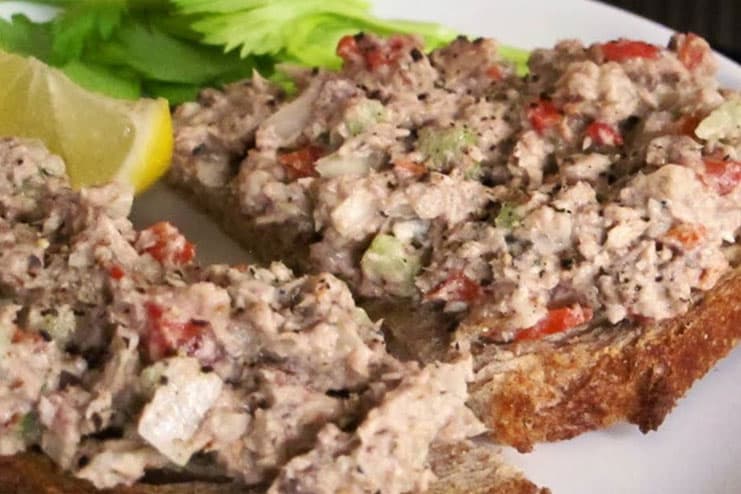
Sardines are the small oily fish and they are available in cans and can be a great soothing appetizer.
One serving of the canned sardines contains:
• 0.7 grams DHA
• 0.45 grams of EPA
Here is a simple recipe with sardines
Sardines Toast:
This is simple to cook and can be a good to fit into your kid’s lunch or snack box.
Ingredients:
• 1 tin sardines
• 2 tablespoon mayonnaise
• 2 tablespoon finely chopped onions
• 2 tablespoons of chopped celery
• 2 tablespoons of chopped and jarred red pepper
• Whole grain bread slices
• Cracked black pepper
How to prepare:
1. Drain the sardines and place them in a mixing bowl
2. Add lemon juice, mayonnaise, chopped onions, chopped celery, and red pepper to it
3. Stir this mixture well together and mash well.
4. Toast the slices of the bread and spread it over the toast.
5. Shrimp:
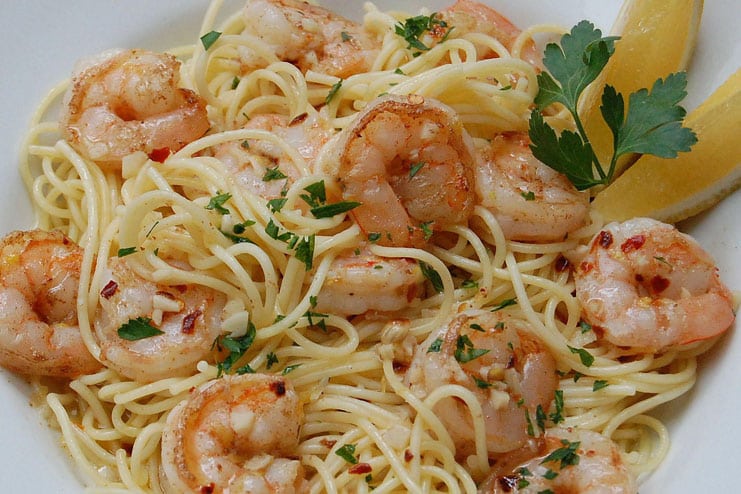
Shrimp offers the wide range of health benefits and it is rich in the several vitamins and nutrients. It is a good source of protein. Due to its omega 3 fatty acid content, it promotes the functioning of the heart and brain.
Here is a simple recipe with shrimp
Shrimp Pasta recipe:
It is a very easy recipe and requires a few ingredients. Here you go!
Ingredients:
• 8 tablespoons of unsalted butter
• Devein and peel the shrimp and take it about 1 ½ pound.
• Kosher salt and freshly ground black pepper
• Finely chopped garlic cloves
• ¼ cup chicken stock
• 2 tablespoons of lemon juice
• 2 tablespoons of chopped parsley leaves
How to make:
1. Melt the butter in a large saucepan on a medium flame.
2. Once the butter is heated add shrimp, salt and the pepper to taste. Keep stirring this occasionally for about 5 minutes and set it aside.
3. Add garlic to the sauce pan and allow it to cook until you get the fragrance. Add chicken stock and lemon juice to it. Allow it to boil for about 2-3 minutes and add in the remaining butter
4. Add the previously combined shrimp and stir it gently to combine
5. Serve immediately and serve it with the parsley leaves.
B. Vegan sources of Omega 3:
So far we have seen the non-vegetarian sources of the omega 3 and their corresponding recipes. Now let us look into the vegan sources of omega 3 along with their recipes:
1. Seaweed and algae:
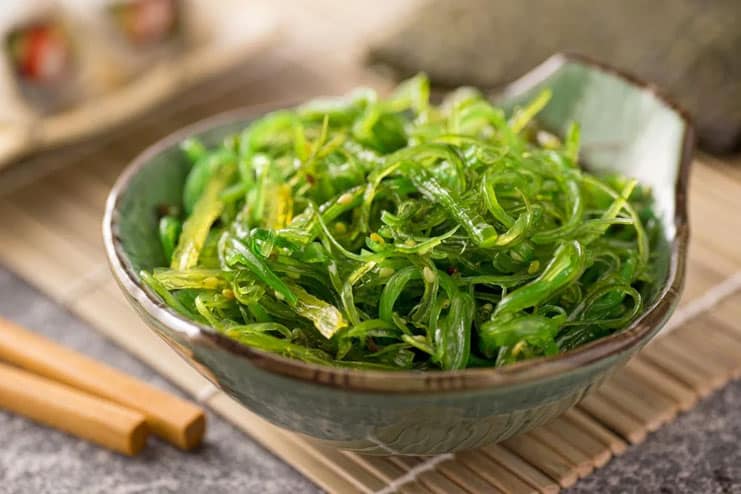
Seaweed, nori, sprulina, and chlorella are the different forms of the algae with the varied health benefits. Seaweed and algae are the two most important sources of the omega 3 for the vegetarian people. They are one of the few plant groups containing DHA and EPA. The content of the DHA and EPA may vary depending on the type of algae and the product type.
Here are a few ways to include them in the diet:
• Nori is a kind of seaweed and that can be wrapped around sushi.
• Seaweed is a tasty and crispy snack. It is rich in protein and have wide range of healthy properties including antibiotic, antioxidant, and antihypertensive.
• Chlorella and spirulina can be added to smoothies and oatmeal.
2. Chia seeds:
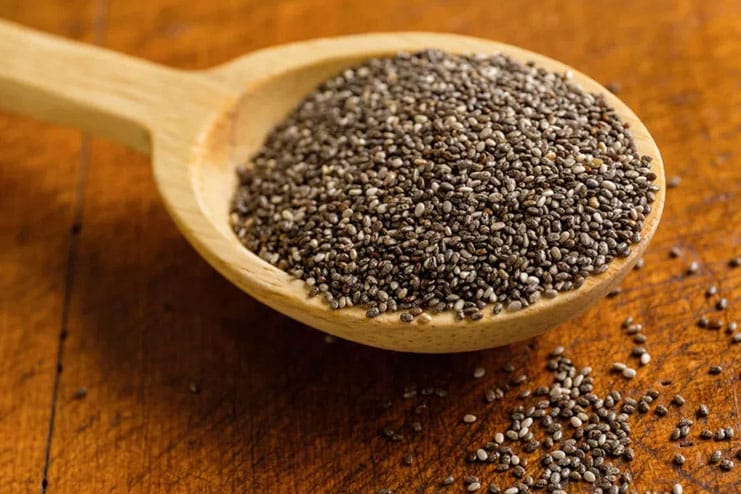
They are rich in fiber and protein and excellent plant source of ALA omega 3 fatty acids.
It is the most commonly used ingredient in granola, salads, or smoothies. They are good to mix with milk or yogurt. Mixing chia seeds with water can make up the egg substitute and that vegans can use.
3. Hemp seeds:
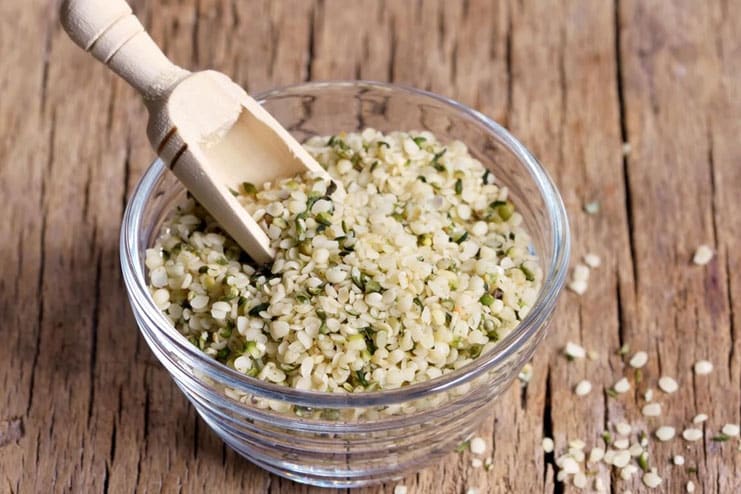
Every 3 tablespoons of hemp seeds contain about 2.605 grams of ALA. They also contain many nutrients including protein, magnesium, iron, and zinc. These seeds are good for digestion, heart, and skin.
Being slightly sweet, they are healthy addition to the granola, oats, snack bars, salads, and smoothies.
4. Flax seeds:
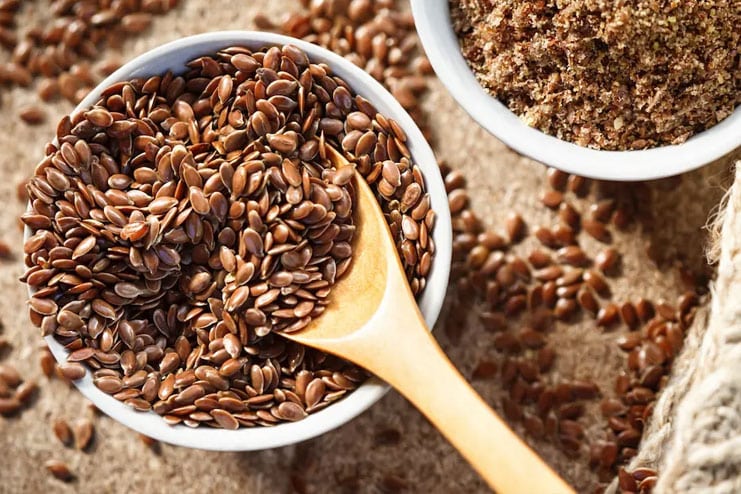
A tablespoon of flaxseeds contain about 6.703 grams of ALA omega 3 fatty acids. They also contain many other healthy nutrients including fiber, protein, magnesium, and manganese. They help to keep the blood pressure in control and improve the heart health.
Similar to the chia seeds, flax seeds can be mixed with water to create the egg substitute.
5. Walnuts:
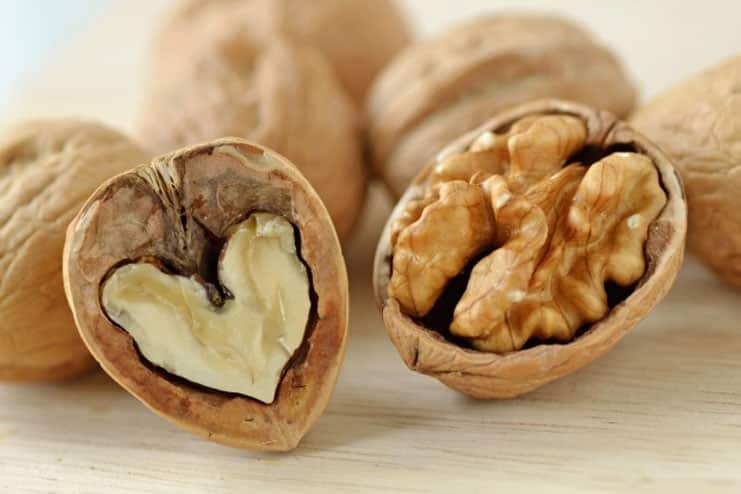
A cup of walnuts contain about 3.346 grams of ALA omega 3 fatty acids. They are the source of many healthy fats. Walnuts can be added to snack bars, yogurt, salads, or can be consumed directly. Kids between 1 to 10 years can take 9-10 walnuts a day.
Walnuts can be given to the 1 year old babies in the form of paste to avoid the choking hazards.
6. Kidney beans:
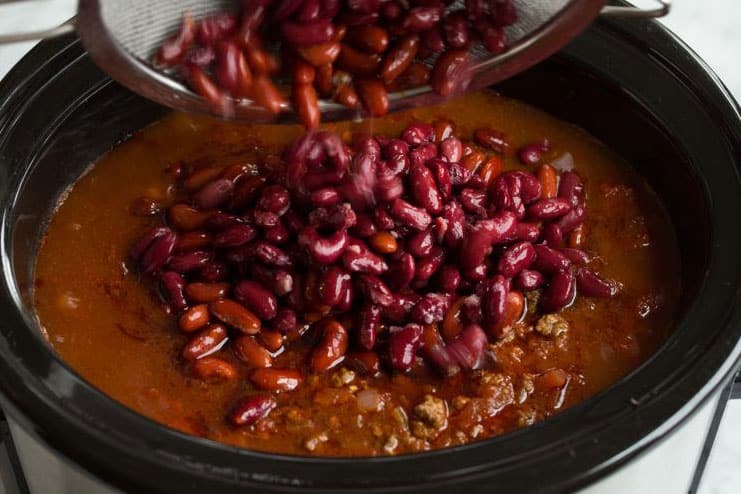
½ cup of kidney beans contain about 0.10 grams of the ALA omega 3 fatty acids. They are the rich source of vitamins, fibers, antioxidants, and other unique plant compounds.
Kidney beans are one of the most common ingredients to be included in the meals or can be taken as the side dish. Kidney beans offer the good nourishment to the toddler as they are rich source of iron, protein, and fiber.
Kidney beans can be introduced to the babies as soon as they start the solid food. Blend the cooked kidney beans and spread them over the rice cakes to feed your baby. Ensure to cook the beans properly as it is dangerous to consume the raw or improperly cooked beans. It is fine to use the canned beans that are simply beans without any unhealthy ingredients like sugar or salt.
7. Soybean oil:
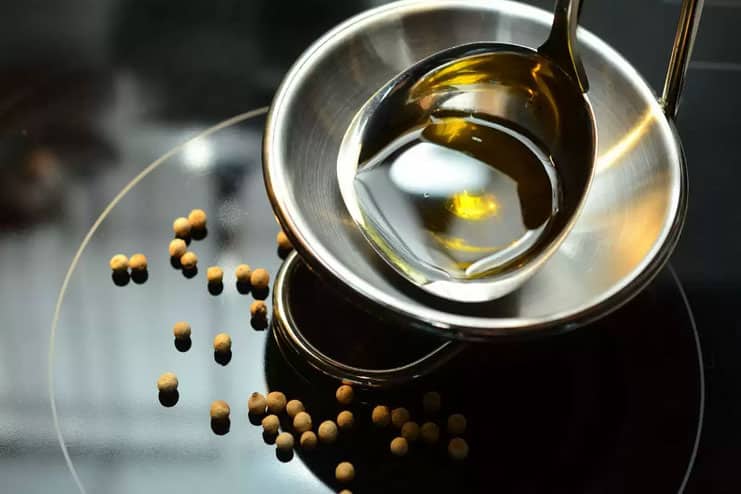
One tablespoon of soybean oil serves around 0.923 grams of ALA omega 3 fatty acids. Soybean oil is widely used for cooking. This oils is also a rich source of riboflavin, magnesium, potassium, folate, and Vitamin K. it can also be used as a dressing for salads.
Soybean derivatives can cause the allergic reaction in the babies due to the complex phytochemical compositions in it.
Dosage for children:
The daily consumption of the omega 3 fatty acids should depend on the age and gender. It is always recommended to use the guidelines on the package while using the supplements.
ALA is the only omega-3 fatty acid that is suitable for the consumption under the certain guidelines.
Here is the recommended intake of the ALA for the children.
• 1-12 months- 0.5 grams
• 1-3 years- 0.7 grams
• 4-8 years- 0.9 grams
• Girls between 9-13 years- 1.0 grams
• Boys 9-13 years- 1.2 grams
• Girls aged 14-18 years- 1.1 grams
• Boys aged 14-18 years-1.6 grams
TAKE AWAY:
The most important thing is never pressurize kids to eat something that they do not like. You should realize that a single nutrient alone help them meet the demands in their journey of the development into the adulthood. There are many more nutrients and minerals that do well for the children.
If you feel that particular nutrient food is important for you which they don’t like, there are many other alternative you can follow. Make healthy recipes more interesting and cook the way they like most. You can also seek medical assistance for any supplements and their dosage.

































